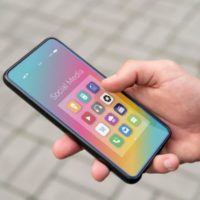Part of the Google movement to keep themselves out of potential trouble, and to make life better for consumers, was to start putting price ranges on app that offered in-app purchases. That change is set to start taking effect today and Google has delivered on it. At least to some degree.


The changes are appearing on the mobile version of the Play Store, but I am not seeing them on the desktop version as of yet. I assume it is rolling out and will make its way there in due time. I certainly hope this is just a first step and that there will be more drilled down information in tow soon. Like, exactly what you will be buying, is it a bag of gems or access to 30 new levels? Mainstream users are pretty smart and we tend to know what to expect, but new users could find themselves confused or distance themselves from great apps simply because it looks like it will cost a ton of money to use it.
Was this first step the right step? Are you even more off put when you see an app with in-app purchases and then see the price ranges listed?
Side note:Â You can see developer addresses are starting to make their appearance as well.
Via Android Police








